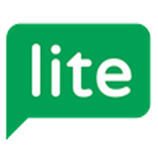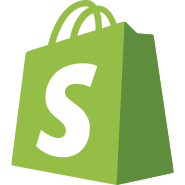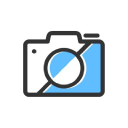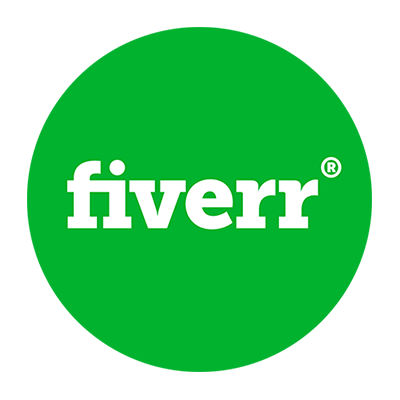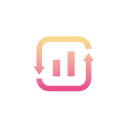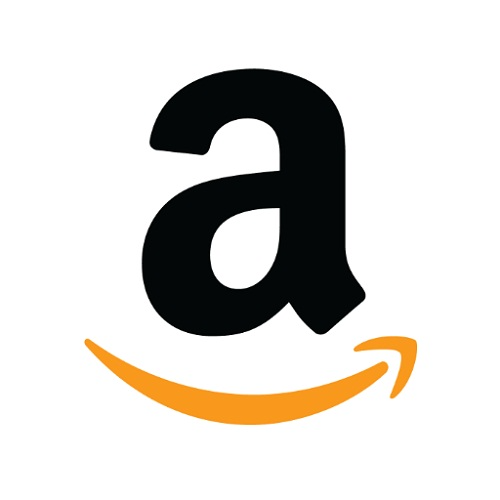How I Transitioned From Vocational Zookeeper To Starting A $7K/Month Blog About Personal Finance And Budgeting
Hello! Who are you and what business did you start?
Hi, I’m Steffa Mantilla! I’m a Certified Financial Education Instructor (CFEI) and the founder of Money Tamer (Now HerPaperRoute), a personal finance blog.
I started Money Tamer in 2018 having never run a business before. My goal was to help families get control of their finances, including paying off debt, learning how to budget, and finding ways to earn extra money no matter whether you’re staying at home or want to earn extra money from your phone.

My...

Download the report and join our email newsletter packed with business ideas and money-making opportunities, backed by real-life case studies.

Download the report and join our email newsletter packed with business ideas and money-making opportunities, backed by real-life case studies.

Download the report and join our email newsletter packed with business ideas and money-making opportunities, backed by real-life case studies.

Download the report and join our email newsletter packed with business ideas and money-making opportunities, backed by real-life case studies.

Download the report and join our email newsletter packed with business ideas and money-making opportunities, backed by real-life case studies.

Download the report and join our email newsletter packed with business ideas and money-making opportunities, backed by real-life case studies.

Download the report and join our email newsletter packed with business ideas and money-making opportunities, backed by real-life case studies.

Download the report and join our email newsletter packed with business ideas and money-making opportunities, backed by real-life case studies.



